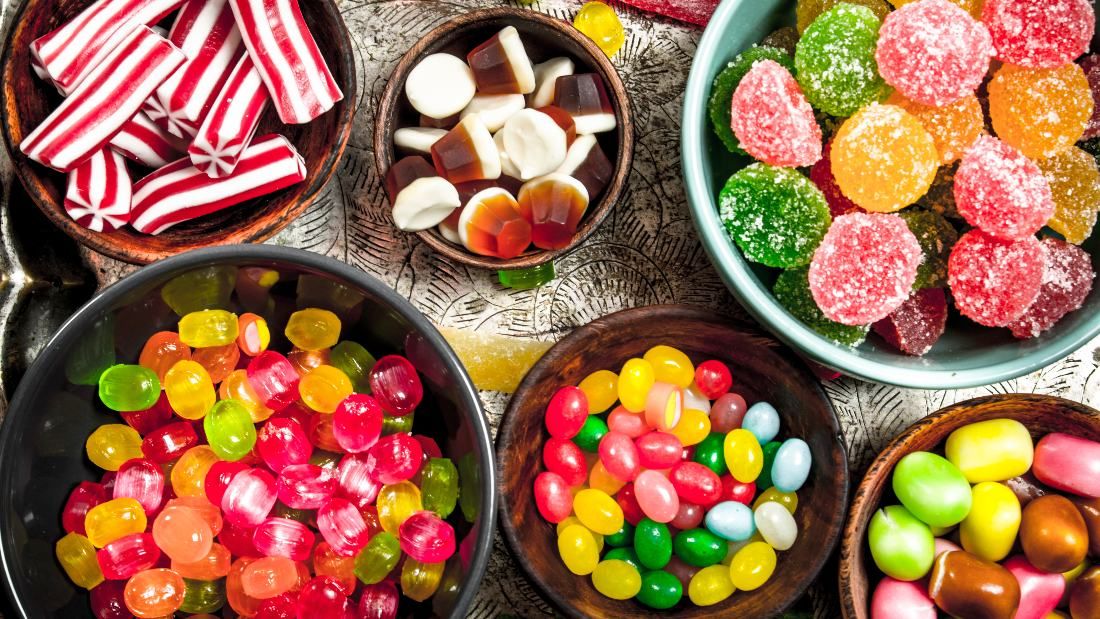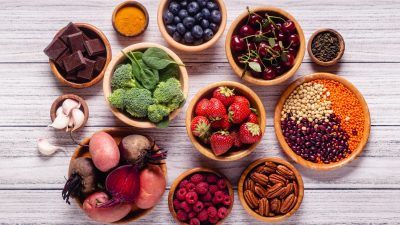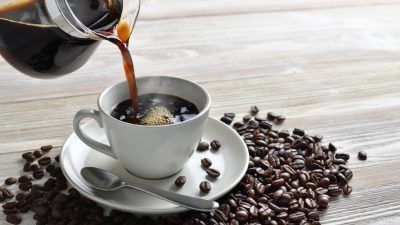10 Hidden Nasties in Your Food and Everyday Products

You might be surprised at some of the hidden nasties lurking in the ingredients of many products we use every day. Thankfully every single one of them can be swapped for a vegan-friendly alternative. Here are ten to keep your eyes out for.
1. Isinglass
When Guinness announced it was now suitable for vegans, the plant-based world exploded with joy. But why, might you ask, wasn’t it suitable for vegans in the first place? Many alcohol companies use isinglass (not to be confused with Isengard from Lord of the Rings) to clarify their drinks. The process is mainly used for ales and wines but is even used for some soft drinks such as fizzy drinks and squash. Isinglass is a kind of gelatine, obtained from the swim bladders of slaughtered freshwater fish, especially sturgeon. Barnivore is a great resource for quickly finding out if your favourite tipple is suitable for vegans and check out our Vegan’s Guide to Alcohol for more information.
2. Whey
Whey is a cow’s milk-derived substance left after most of the fat and casein (milk protein) has been removed in the cheese-making process. It’s used in many processed foods such as margarines, biscuits and crisps, as well as in some cleaning products. It’s often skulking at the end of an ingredient list waiting to disappoint you just when you think the biscuits are suitable for vegans. Whey is commonly used for protein powders but pea protein is just as effective and doesn’t carry the same health risks as dairy.
3. Cochineal and Carmine (E120)
There’s recently been a lot of buzz about the potential environmental benefits of replacing meat in our diet with the carcasses of insects. Of course, that’s totally unnecessary as we already have lots of great plant-based sources of protein. Many would immediately feel repulsed at the thought of eating insects but we’ve unknowingly been doing it for years.
Cochineal and carmine are red dyes made from the dried bodies of crushed insects and are a staple ingredient in the food industry. They can be found in many sweets, desserts and soft drinks, and are also used to make red lipstick. However, there is an alternative – the brilliant beetroot.
4. Urea
Urea is waste nitrogen formed in the liver and excreted in urine, and in smaller amounts in sweat – so who thought it would be a good idea to include it in our cosmetics?! It is taken from farmed animals and used in toiletries and cosmetics as a preservative. Not only is the fact that your moisturiser contains elements of urine a bit gross, but urea also releases the toxic formaldehyde. Thankfully, these days it’s easy to find vegan and cruelty-free products. Check out our Vegan’s Guide to Cosmetics and Toiletries.
5. Tallow
This one’s included in case you somehow missed the debate when the new Bank of England notes were produced. Tallow is a hard animal fat, obtained from around the kidneys of slaughtered cattle or sheep. Tallow is used in soaps, cosmetics, candles and most famously in the new slippery polymer bank notes. Unfortunately, unless you decide to go completely cashless, there’s not much you can do to avoid the latter – although since the Covid-19 pandemic, less people are willing to handle cash which has been touched by countless hands before, so cashless transactions are becoming a lot more popular. When it comes to the other products (soaps, cosmetics and candles), tallowless ones are easy to find.
6. Rennet
Rennet is an enzyme extracted from calves’ stomachs after they have been slaughtered and is used in cheese-making. Non-animal rennets made from microbial or fungal enzymes are available to make vegetarian cheeses but it’s important to check – and of course there is plenty of cruelty hidden within the dairy industry. Now, with so many plant-based cheeses available, there’s no need to worry. Check out our Vegan’s Guide to Cheese here.
7. Royal Jelly
It might not be ‘hidden’ but many people don’t really know that royal jelly is a substance secreted by worker bees and fed to future queen bees. When the current queen bee dies, worker bees create a new queen by selecting a freshly hatched little grub and feeding them royal jelly. They secrete it from their glands and this nutritional superfood transforms a run-of-the-mill larva into a magnificent queen.
It’s stolen by humans to be used as a nutritional food supplement and in cosmetics. Many over-inflated, extravagant health claims have been made as a way of turning another natural ‘resource’ into a marketable, profitable commodity.
8. L-cysteine hydrochloride (E920)
A few years ago there were some articles circulating claiming that the bread of a certain fast food chain contained human hair. It sounds like shock-journalism but it’s true that L-cysteine hydrochloride, obtained from animal hair or chicken feathers, is used as an improving agent in bread to shorten mixing time and extend shelf life. It’s also used in shampoos. It can, however, be produced synthetically so there’s no need to plunder hair salons or factory farms for hair and feathers, respectively.
9. Gelatine
Most people are aware of gelatine as it’s one of the most widely used animal-derived ingredients in processed foods and many other products. Gelatine is a protein jelly obtained by boiling animal tissues, such as hooves, bones, horns and skin, and is used as a gel in many sweets, jellies, capsules (eg for nutritional food supplements and drugs), confectionery and all non-digital photographic film.
With the exponential growth of veganism, there are now many plant-based alternatives to products containing gelatine. Agar is often used as a vegan-friendly gelatine replacement in plant-based marshmallows, desserts and sweets – and it has been used for centuries in Asian countries. Vegan-friendly supplements, such as EPA and DHA, can now be found in plant-based capsules, and if you take medication, your doctor might be able to prescribe a vegan-friendly version.
10. Bristle
Believe it or not but animal hair is still used for many brushes, mostly from pigs but also from sable, horse and badger. The hair may be taken from a slaughtered or a living animal. Animal hair is found in many ‘natural’ brushes including ones used for shaving, hair, makeup, decorating and painting. It is possible to get vegan-friendly ones – the Body Shop sells makeup and shaving brushes free from the usual badger hair, and many art stores now stock vegan-friendly artist materials.
That’s just ten hidden nasties found in our everyday items but there are plenty more lurking under the surface. Find out what they are here.







